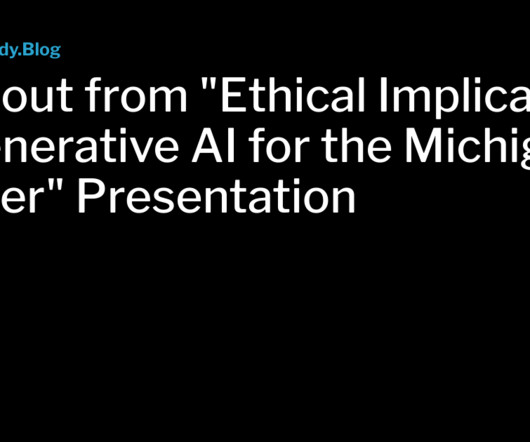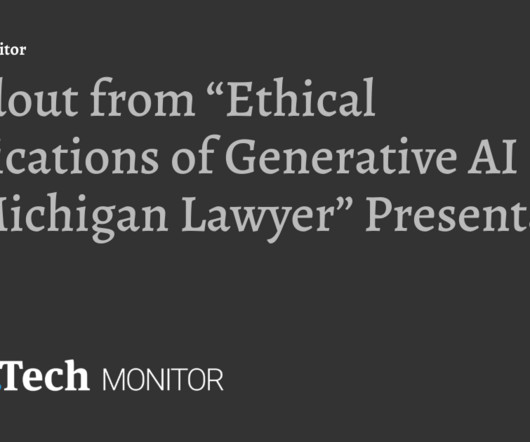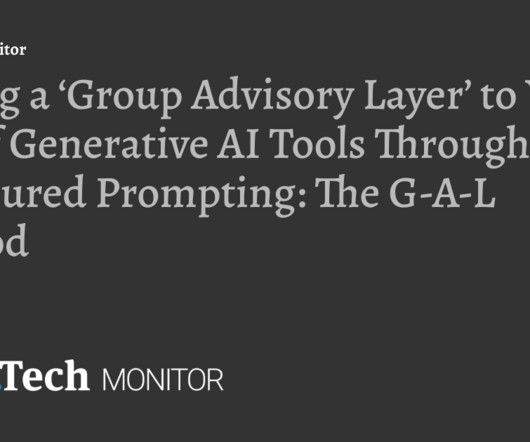How To Distinguish Hype Versus Reality Around Artificial Intelligence [Sponsored]
Above the Law - Technology
OCTOBER 6, 2023
The post How To Distinguish Hype Versus Reality Around Artificial Intelligence appeared first on Above the Law. Explore the evolution, mechanics, and practical applications of artificial intelligence with a focus on optimizing legal recruiting through haistack.ai.














Let's personalize your content